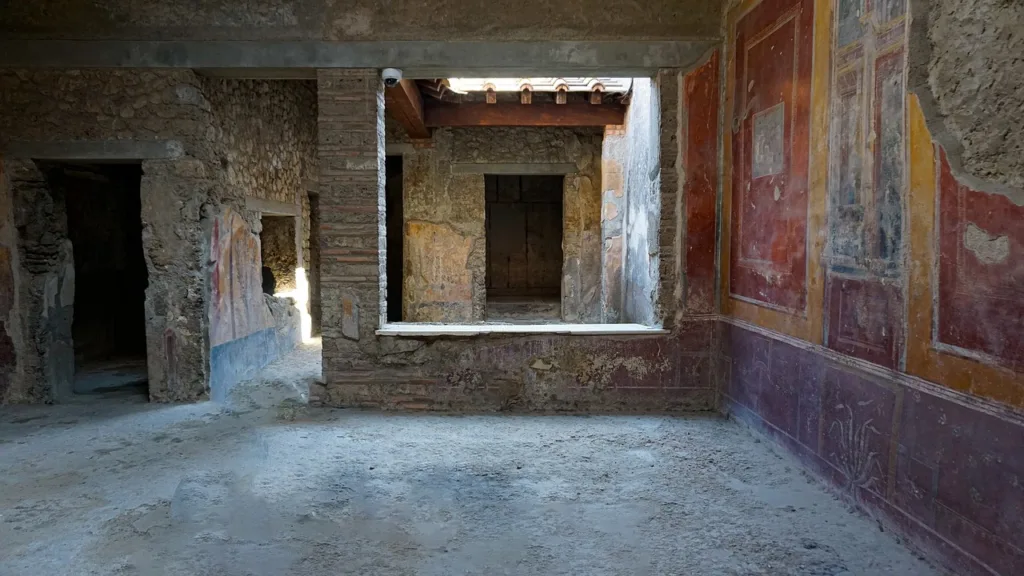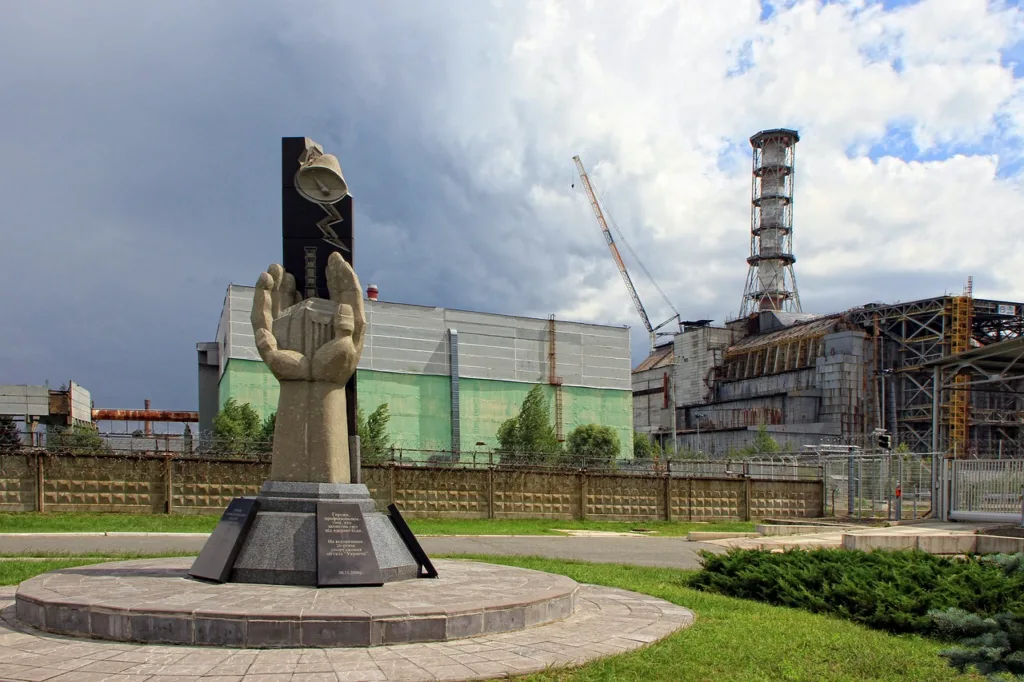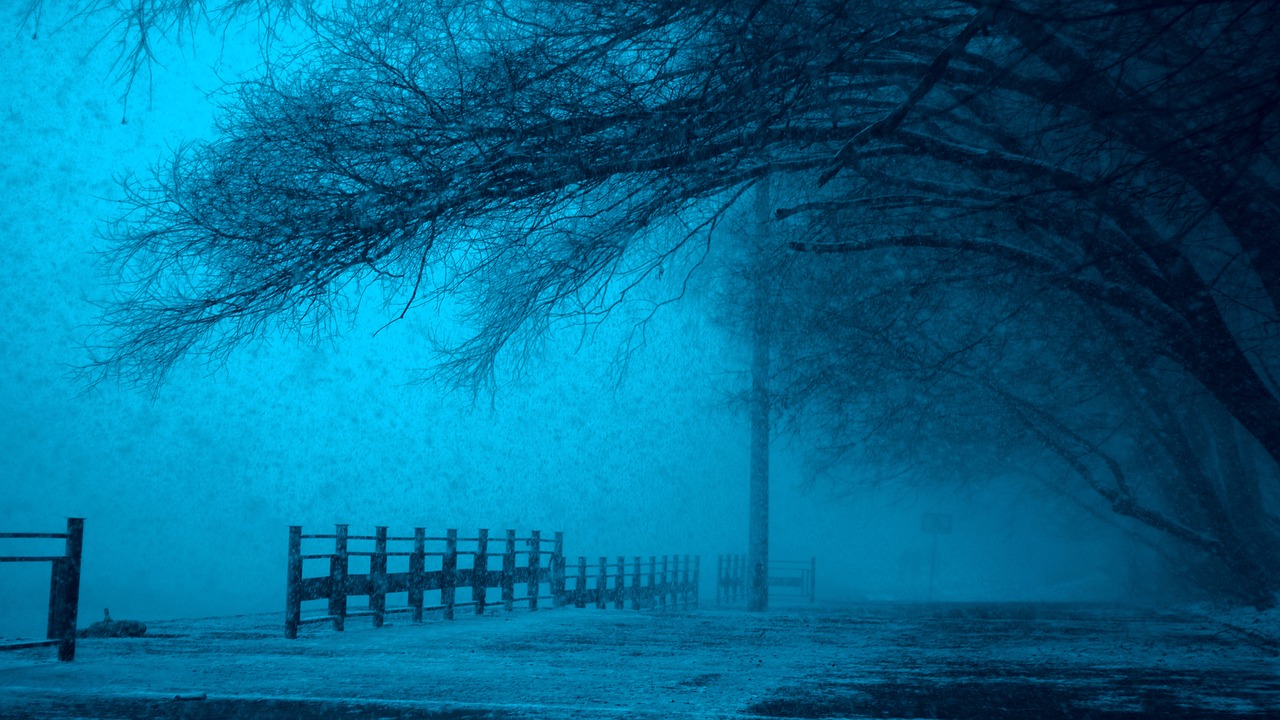Throughout the journals of history, cities have stood witness to remarkable triumphs and tragic downfalls. Many urban centers have experienced periods of prosperity, innovation, and cultural richness, while others carry the weight of a dark and haunting past. From sinister legends to grim events, this article will delve into the stories of several cities with shadows cast upon their histories, exploring the impact of these dark pasts on their present and future.
Pompeii, Italy
Located near modern-day Naples, Pompeii was a bustling Roman city that met a catastrophic fate in 79 AD when Mount Vesuvius erupted, burying it in ash and debris. The sudden disaster froze the city in time, preserving its inhabitants and structures but leaving behind a haunting reminder of the fragility of human existence. Before the eruption, Pompeii was a thriving city with elegant villas, public baths, and vibrant marketplaces. However, the eruption killed an estimated 2,000 to 3,000 people and buried the city under layers of ash, pumice, and volcanic debris up to 20 feet deep.
Excavations of Pompeii began in the 18th century, leading to the discovery of remarkably preserved buildings, mosaics, and even plaster casts of victims, capturing their final moments. The city’s archaeological significance cannot be overstated, as it offers a unique glimpse into Roman life, architecture, and art during the first century AD. Today, Pompeii serves as a poignant reminder of the impermanence of civilization and the unstoppable force of nature.

Chernobyl, Ukraine
The name Chernobyl conjures images of devastation and fear. In 1986, the Chernobyl Nuclear Power Plant suffered a catastrophic explosion during a routine safety test, releasing a massive amount of radioactive material into the atmosphere. The explosion and subsequent fire led to the immediate deaths of two plant workers and firefighters and exposed hundreds of staff and nearby residents to lethal doses of radiation. The city of Chernobyl, along with the nearby Pripyat, became uninhabitable, leaving behind a ghost town where nature has reclaimed its territory.
The Chernobyl disaster had far-reaching consequences, with the long-term health effects still being felt today. The release of radioactive particles contaminated vast areas of Ukraine, Belarus, and other parts of Europe, leading to an increase in cancer cases and genetic mutations in the exposed population. The disaster also highlighted the dangers of nuclear energy and spurred significant changes in nuclear safety regulations worldwide.

Hiroshima, Japan
A city forever etched in history for its role in the closing chapter of World War II, Hiroshima endured the unimaginable when it became the first target of an atomic bomb on August 6, 1945. The bombing, carried out by the United States, led to the deaths of tens of thousands of people and left the city in ruins. The bomb, nicknamed “Little Boy,” instantly killed an estimated 70,000 people, with the death toll eventually reaching around 140,000, as many succumbed to injuries and radiation sickness in the following weeks and months.
The devastation of Hiroshima was a turning point in human history, signaling the beginning of the nuclear age and raising profound moral and ethical questions about the use of such weapons. The survivors, known as “hibakusha,” faced long-term health issues and social stigmatization, but their stories of resilience and calls for peace have been instrumental in advocating for a world free of nuclear weapons. Today, Hiroshima stands as a city of peace, hosting the Hiroshima Peace Memorial Park and Museum, dedicated to promoting peace and nuclear disarmament.
Auschwitz, Poland
While not a city in the conventional sense, Auschwitz stands as a haunting symbol of the Holocaust’s darkest chapters. Located in present-day Poland, the Auschwitz concentration and extermination camp was established by Nazi Germany during World War II. It witnessed the systematic extermination of millions of Jews, as well as Romani people, Poles, Soviet POWs, and others considered enemies of the Nazi regime. The horrifying atrocities that took place at Auschwitz are beyond words, and the memories of the suffering and death of millions are seared into the collective conscience of humanity.
Today, Auschwitz serves as a memorial and a somber reminder of the atrocities committed during the Holocaust, urging visitors never to forget the horrors of the past. The Auschwitz-Birkenau State Museum was established to preserve the camp’s remnants and educate future generations about the Holocaust, emphasizing the importance of tolerance, empathy, and understanding to prevent such atrocities from happening again.

Johannesburg, South Africa
Johannesburg, the largest city in South Africa, carries a dark past marked by the apartheid regime. For decades, the city was segregated along racial lines, with the non-white population enduring discrimination and violence under the racially oppressive policies enforced by the white minority government. The notorious Group Areas Act and the pass laws effectively restricted the movement and rights of black and non-white citizens, perpetuating inequality and racial tension.
The infamous Soweto Uprising of 1976, which originated in Johannesburg’s township of Soweto, was a pivotal event in the anti-apartheid struggle. Black students protested against the compulsory use of the Afrikaans language in schools, leading to violent clashes with the police and the deaths of hundreds of students. The uprising garnered international attention and contributed to the eventual dismantling of the apartheid system.
With the end of apartheid and the election of Nelson Mandela as the country’s first black president in 1994, Johannesburg entered a new era marked by hope and reconciliation. However, the scars of the past remain, and the city continues to grapple with the legacy of its oppressive history. Efforts to address social and economic inequalities persist, as Johannesburg strives to become a city that embraces diversity, inclusivity, and prosperity for all its residents.
Berlin, Germany
The German capital, Berlin, holds a complex and dark history, largely due to its role in the Nazi regime and the subsequent division during the Cold War. Before World War II, Berlin was a hub of culture, science, and innovation, known for its architectural marvels and vibrant arts scene. However, the rise of Adolf Hitler and the Nazi Party in the 1930s turned Berlin into the epicenter of a totalitarian regime that would perpetrate one of the greatest atrocities in human history.
The Holocaust, with its network of concentration and extermination camps, was planned and orchestrated from Berlin. The city’s Jewish population faced persecution, deportation, and extermination, leaving an indelible stain on the city’s history. Furthermore, Berlin was heavily targeted during Allied bombing campaigns, which led to widespread destruction and loss of life.
The end of World War II brought about the division of Berlin into East and West, separated by the infamous Berlin Wall. The wall, built in 1961 by the East German government, symbolized the ideological and physical divide between the communist East and the capitalist West. While it stood, it became a poignant symbol of the Cold War and the struggle for freedom and reunification.
The fall of the Berlin Wall in 1989 marked a historic moment of reunification and the end of the Cold War. Today, Berlin is a city that serves as a living memorial to its dark past. Memorials like the Memorial to the Murdered Jews of Europe, the Topography of Terror, and the Berlin Wall Memorial stand as powerful reminders of the city’s tumultuous history, encouraging visitors to reflect on the consequences of extremism and totalitarianism.
New Orleans, USA
New Orleans, known for its vibrant culture and lively atmosphere, also carries a dark past marred by slavery and a history of racial discrimination. Founded by the French in 1718, the city quickly became a major port and a center of trade, drawing people from diverse backgrounds and cultures. However, this diverse society also came with deep-rooted racial inequalities and exploitation.
Slavery played a crucial role in the city’s economy, with thousands of enslaved Africans forced to work on sugar and cotton plantations in the surrounding areas. The legacy of slavery can still be seen today in the city’s architecture, culture, and social fabric. Despite the abolition of slavery, New Orleans continued to struggle with racial segregation and inequality through much of its history.
New Orleans has also been vulnerable to natural disasters, most notably Hurricane Katrina in 2005. The hurricane devastated the city and exposed the deep socioeconomic divides that existed within its communities. The storm’s impact disproportionately affected low-income neighborhoods, highlighting the city’s persistent racial and economic disparities.
In the aftermath of Hurricane Katrina, New Orleans faced significant challenges in rebuilding and recovering. However, the city’s resilience and strong sense of community spirit shone through as residents came together to rebuild their homes and neighborhoods. Efforts to address social and economic inequality have since been ongoing, with a focus on preserving the city’s unique cultural heritage while fostering a more inclusive and equitable future for all residents.
The End?
Cities with dark pasts stand as haunting testaments to the complexities of human history. The tragedies and atrocities that unfolded within their borders have shaped the present and serve as reminders of the importance of learning from our mistakes. However, these cities also demonstrate the indomitable spirit of humanity to rebuild, remember, and strive for a better future. By acknowledging and understanding the shadows of the past, we can work toward creating cities that celebrate diversity, promote peace, and cherish the lessons learned from history’s darkest moments. These cities serve as somber reminders of the consequences of intolerance, discrimination, and the misuse of power, urging us to ensure that the lessons of the past are never forgotten. Through remembrance, education, and collective responsibility, we can strive for a world where cities become beacons of hope, unity, and progress for all.





